Common nicknames CardiganCWCCardi Herding standard Group 5 (Working Dogs) standard Origin Wales, United Kingdom | ANKC Group 5 (Working Dogs) Life span 12 – 15 years | |
FCI Group 1, Section 1 Sheepdogs #38 Colors Blue Merle & White, Brindle & White, Merle, Sable & White, Red & White, Black & White Temperament Devoted, Alert, Companionable, Active, Intelligent, Affectionate Weight Female: 11–15 kg, Male: 14–17 kg Height Female: 25–33 cm, Male: 25–33 cm Similar Pembroke Welsh Corgi, Old English Sheepdog, Bearded Collie, Schipperke, Norwich Terrier | ||
The Cardigan Welsh Corgi /ˈkɔːrɡi/ is one of two separate dog breeds known as Welsh corgis that originated in Wales, predating the other breed, the Pembroke Welsh Corgi. It is one of the oldest breeds of the English Isles.
Contents
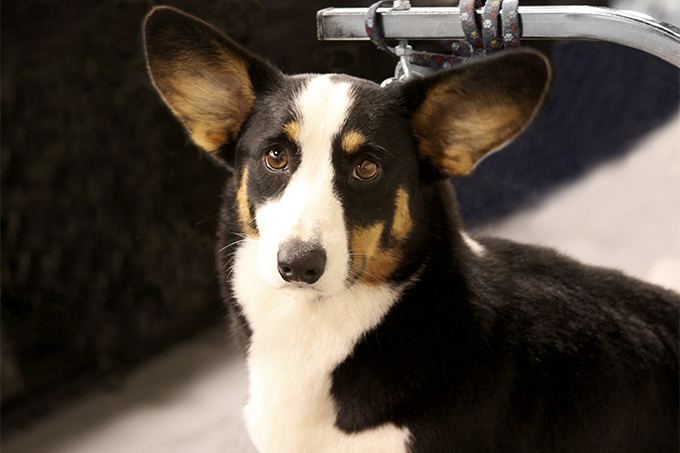
Cardigan Welsh Corgis are known to be an extremely loyal dog breed. A versatile breed and a wonderful companion, they are able to live in a variety of settings. However, they benefit from regular physical and mental stimulation.
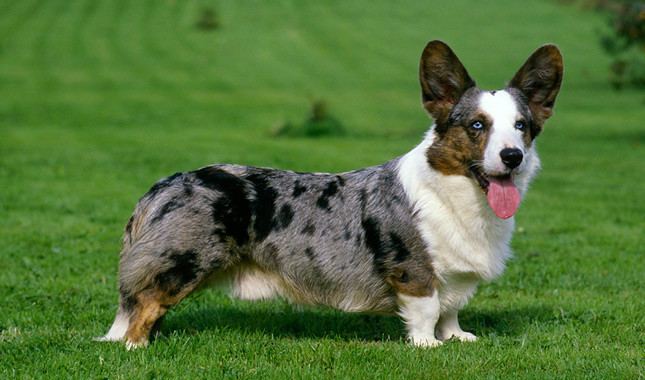
History
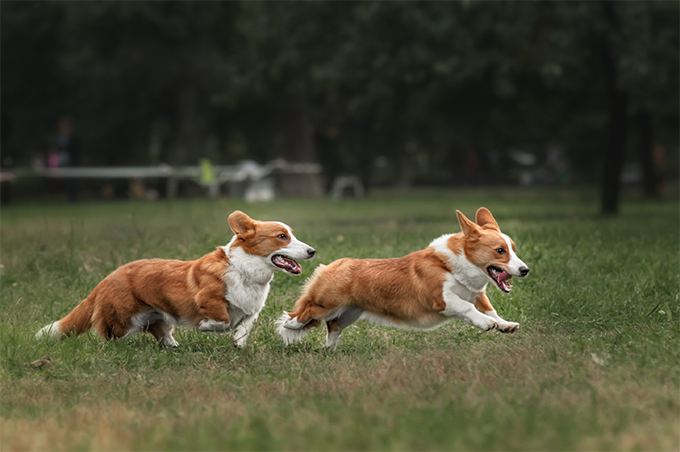
Pembrokes and Cardigans first appeared together in dog shows in 1925 when they were shown under the rules of The Kennel Club in Britain. The Corgi Club was founded in December, 1925 in Carmarthen in South Wales. It is reported that the local members favored the Pembroke breed, so a club for Cardigan enthusiasts was founded a year later (1926). Both groups have worked hard to ensure the appearance and type of breed are standardized through careful selective breeding. Pembrokes and Cardigans were officially recognized by the Kennel Club in 1928 and were lumped together under the heading Welsh Corgis. In 1934, the two breeds were recognized individually and shown separately.
Origins
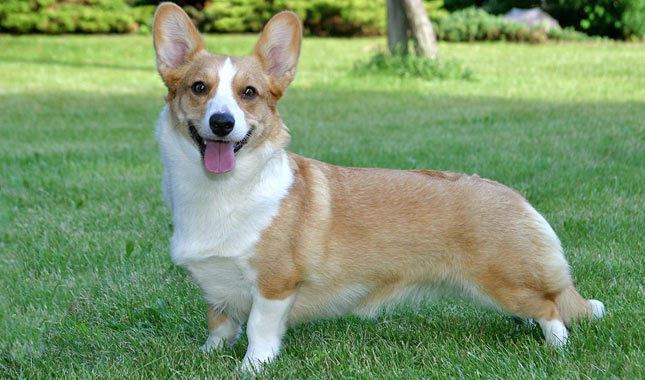
Cardigans are said to originate from the Teckel family of dogs, which also produced Dachshunds. They are claimed to be among the oldest of all herding breeds; believed to have been in existence in Wales for over 3,000 years.
Name
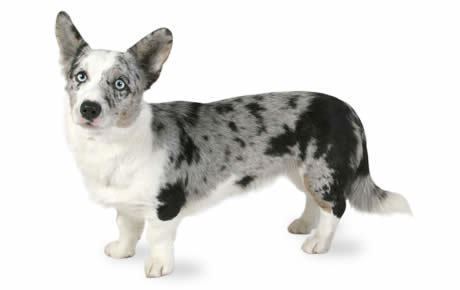
The phrase "cor gi" is sometimes translated as "dwarf dog" in Welsh. The breed was often called "yard-long dogs" in older times. Today's name comes from their area of origin: Ceredigion in Wales.
Modern breed
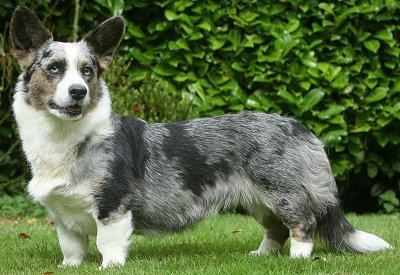
Originally used only as a farm guardian, they eventually took on the traits of a cattle drover, herder, and many more. They are still highly valued for their herding, working, and guarding skills, as well as their companionship.
Description
The Cardigan is a long, low dog with upright ears and a fox brush tail. The old American Kennel Club standard called it an "Alsatian on short legs". The Cardigan's tail is long (unlike the Pembroke Welsh Corgi, whose tail may be long, naturally bobbed or docked).
Cardigans, which are double coated, come in a variety of colors including any shade of red, sable, or brindle, as well as black, with or without tan, brindle or blue merle, with or without tan or brindle points. Other unofficial colors can occur, such as red merle, but these colors are not considered acceptable per the Cardigan standard. They usually have white on the neck, chest, legs, muzzle, underneath, tip of the tail and as a blaze on the head, known as the "Irish pattern." Other markings include ticking on the legs and muzzle, smutty muzzles and monk's hoods, especially on sables (a pattern of darker tipped hairs over a basic red coat color.. An average Cardigan is around 10.5 to 13 inches (270 to 330 mm) tall at the withers and weighs from 30 to 38 pounds (14 to 17 kg) for the male and 25 to 34 pounds (11 to 15 kg) for the female.
Life expectancy is 12–15 years. Litter size can vary; usually four to six puppies.
Health
The most common causes of death for the breed were cancer (28.3%), old age (24.6%), and neurological disorders (15.2%).
Temperament
Use as working dogs
Cardigan Welsh Corgis compete in dog agility trials, obedience, showmanship, flyball and tracking events. Herding instincts and trainability can be measured at noncompetitive herding tests. Corgis exhibiting basic herding instincts can be trained to compete in herding trials.
